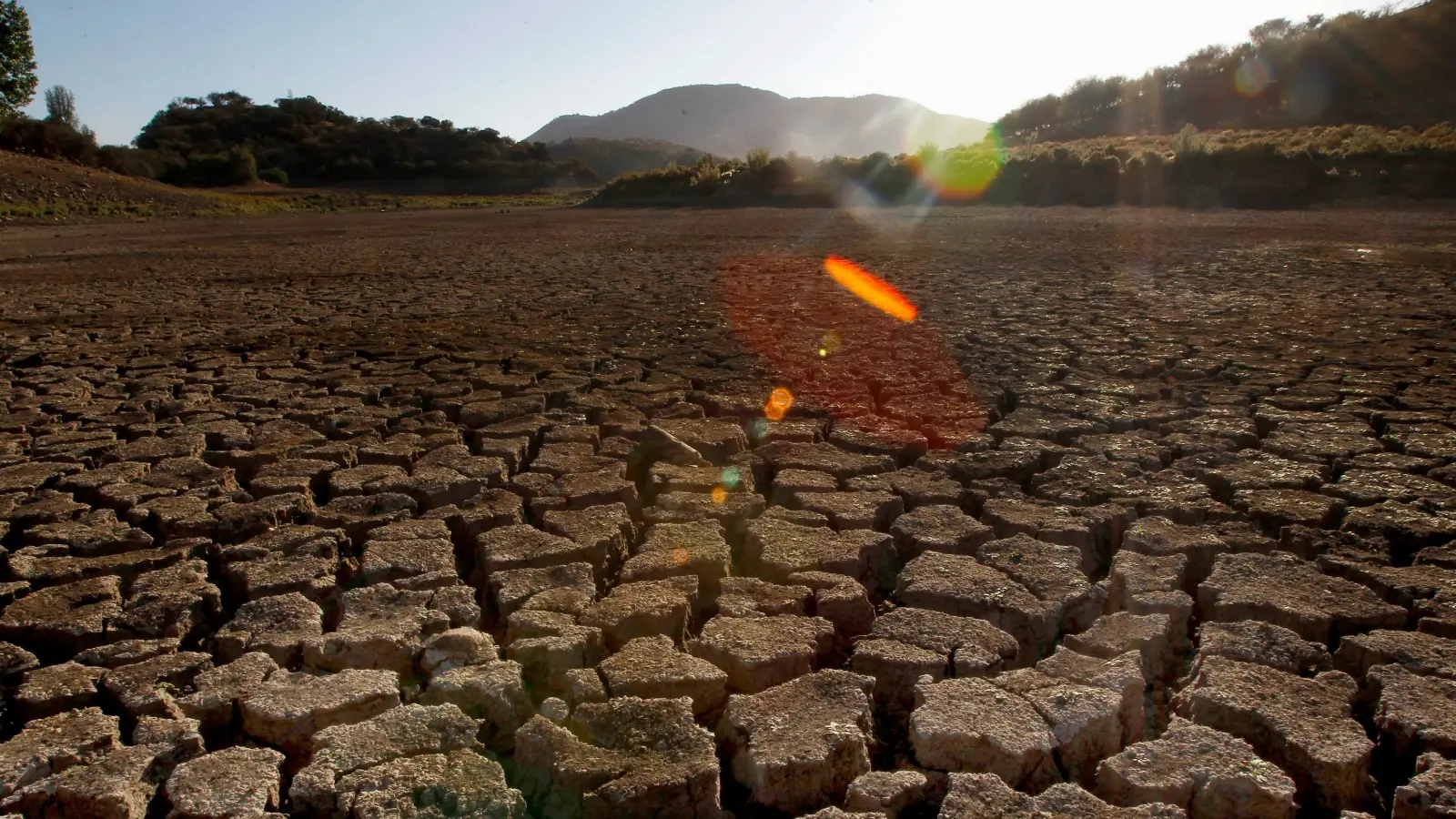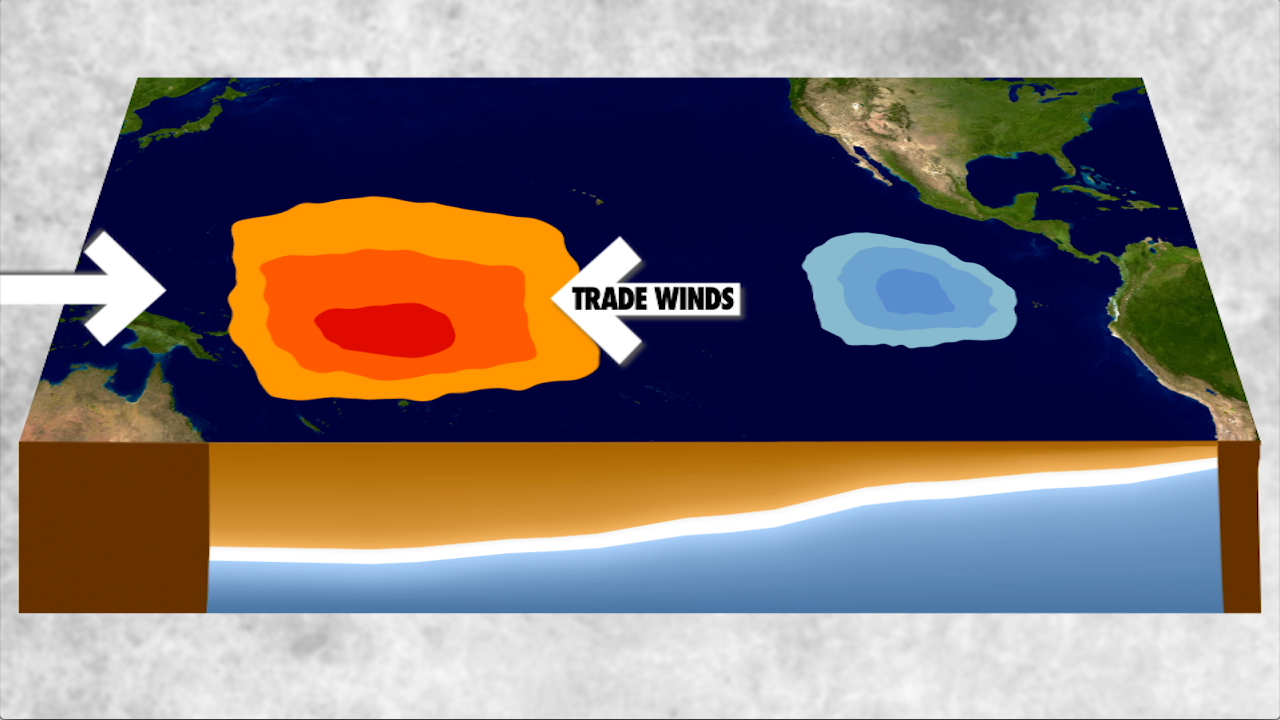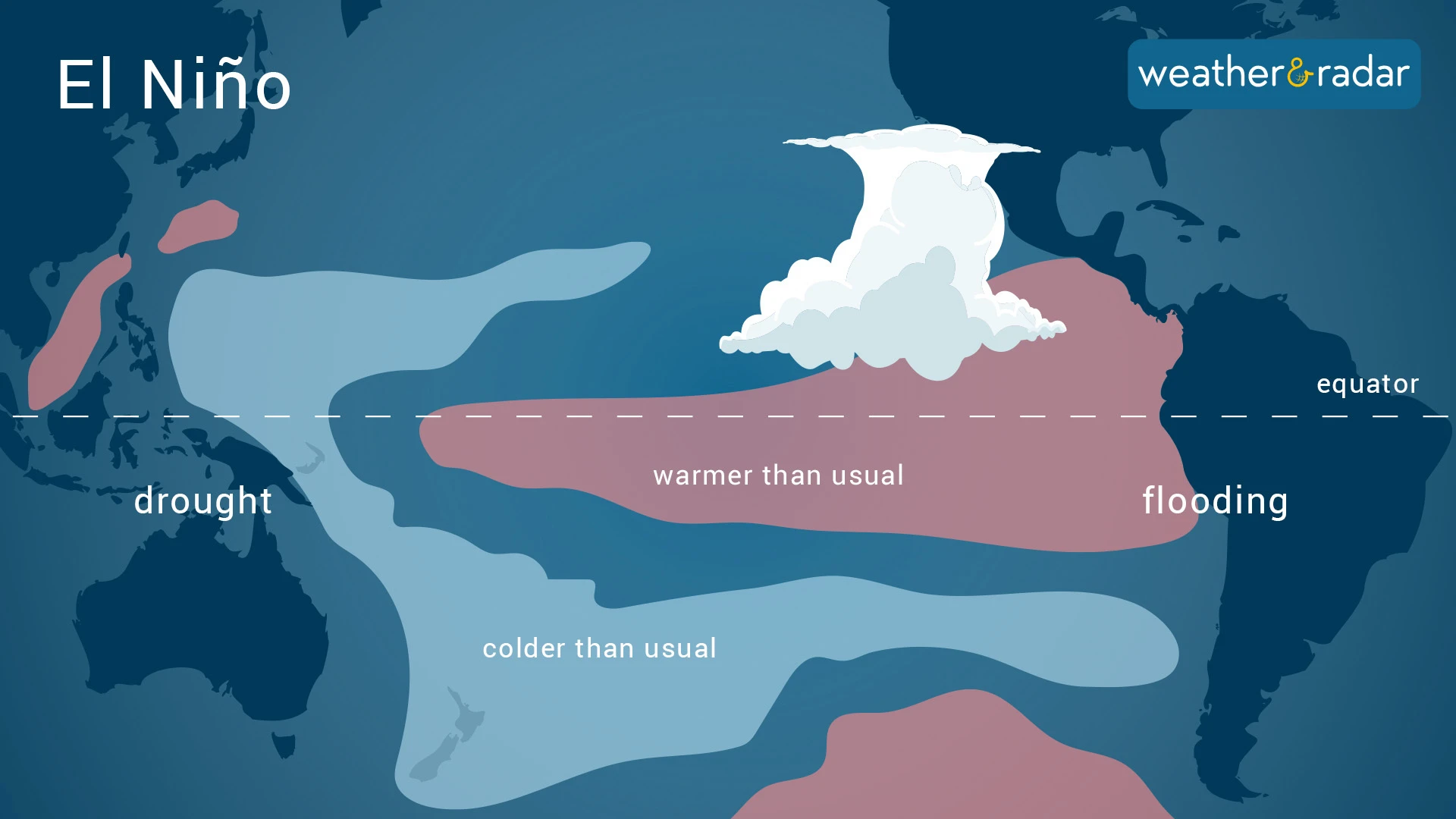As spring unfurls its colors, eyes already turn to the upcoming summer—a season expected to break the recent pattern of El Niño’s influence on US weather. This year, with El Niño bowing out early, the nation braces for a different climate challenge. Yet, as we inch closer to summer, experts warn that the absence of El Niño doesn’t spell cooler days.
Instead, amidst the escalating pressures of climate change, we might face one of the hottest summers in recent memory.

The Climate’s Capricious Dance: From El Niño to La Niña
Typically, El Niño, characterized by warmer-than-average ocean temperatures in the equatorial Pacific, plays a significant role in shaping global weather patterns, including those affecting the US. Its counterpart, La Niña, arises with cooler ocean temperatures and is expected to develop by early summer.
According to the NOAA’s Climate Prediction Center, this transition might not bring the usual respite from summer heat. Michelle L’Heureux, a climate scientist with the Climate Prediction Center, notes, “The influence of El Niño or La Niña on US weather isn’t as clear-cut in the summer as it is in the winter, especially during a transition between the two phases.”
She adds, “Temperature differences between the tropics and North America are more extreme in the winter. This allows the jet stream to become quite strong and influential, reliably sending storms into certain parts of the US. In the summer, the difference isn’t as significant and the obvious influence on US weather wanes.”

A Glimpse into the Past: Predicting This Summer’s Trends
Reflecting on similar past summers can offer clues about what the upcoming season might hold. The summer of 2016, following a strong El Niño winter, morphed into one of the hottest on record as La Niña conditions took hold by midsummer.
A parallel scenario unfolded in 2020, again transitioning from a mild El Niño winter to a fierce La Niña summer, culminating in both extreme heat and an active hurricane season.
“This isn’t our grandmother’s transition out of El Niño – we’re in a much warmer world so the impacts will be different,” L’Heureux asserts. The evolving climate crisis continues to push the boundaries of what ‘normal’ weather looks like, amplifying the potential for extreme weather conditions.
What is El Nino and La Nina: Impact, Effect and Difference. pic.twitter.com/vpSdNxxNZX
— GK for UPSC & TSPSC (@BORN4WIN) March 11, 2023
What to Expect: Heat Waves and Droughts on the Horizon
The current summer forecast spells trouble, particularly for the Western US. Predictions indicate that nearly every part of the Lower 48 will experience above-average temperatures, with the West poised to suffer more than most. This aligns with long-term trends showing significant warming in the region since the early 1990s.
Phoenix, as a stark example, recorded its hottest month ever last July, with average temperatures soaring to 102.7 degrees. The extreme heat not only shatters records but also escalates health risks, as seen in Maricopa County’s deadliest heat-related fatalities last year.

Moreover, the forecast suggests troubling dry conditions across large portions of the West and Central US, potentially exacerbating drought situations. Conversely, the Gulf Coast to the Northeast may see wetter conditions, though the source of this moisture—be it regular storms or tropical cyclones—remains to be seen.
The Atlantic Hurricane Outlook: A Stormy Forecast
The impending La Niña phase also sets the stage for a potentially brutal hurricane season. Enhanced by record-high ocean temperatures, this scenario could lead to increased tropical storm activity and more intense hurricanes in the Atlantic.
An early forecast from Colorado State University supports this grim outlook, predicting “a well above-average probability for major hurricanes making landfall along the continental United States coastline and in the Caribbean.”
A Call for Preparedness
As we face a summer poised to defy the cooling trends typically brought on by El Niño, understanding and preparing for these changes becomes crucial.
With the potential for severe heat waves, droughts, and an aggressive hurricane season, staying informed and ready could make all the difference in navigating the challenges of a warming world.










